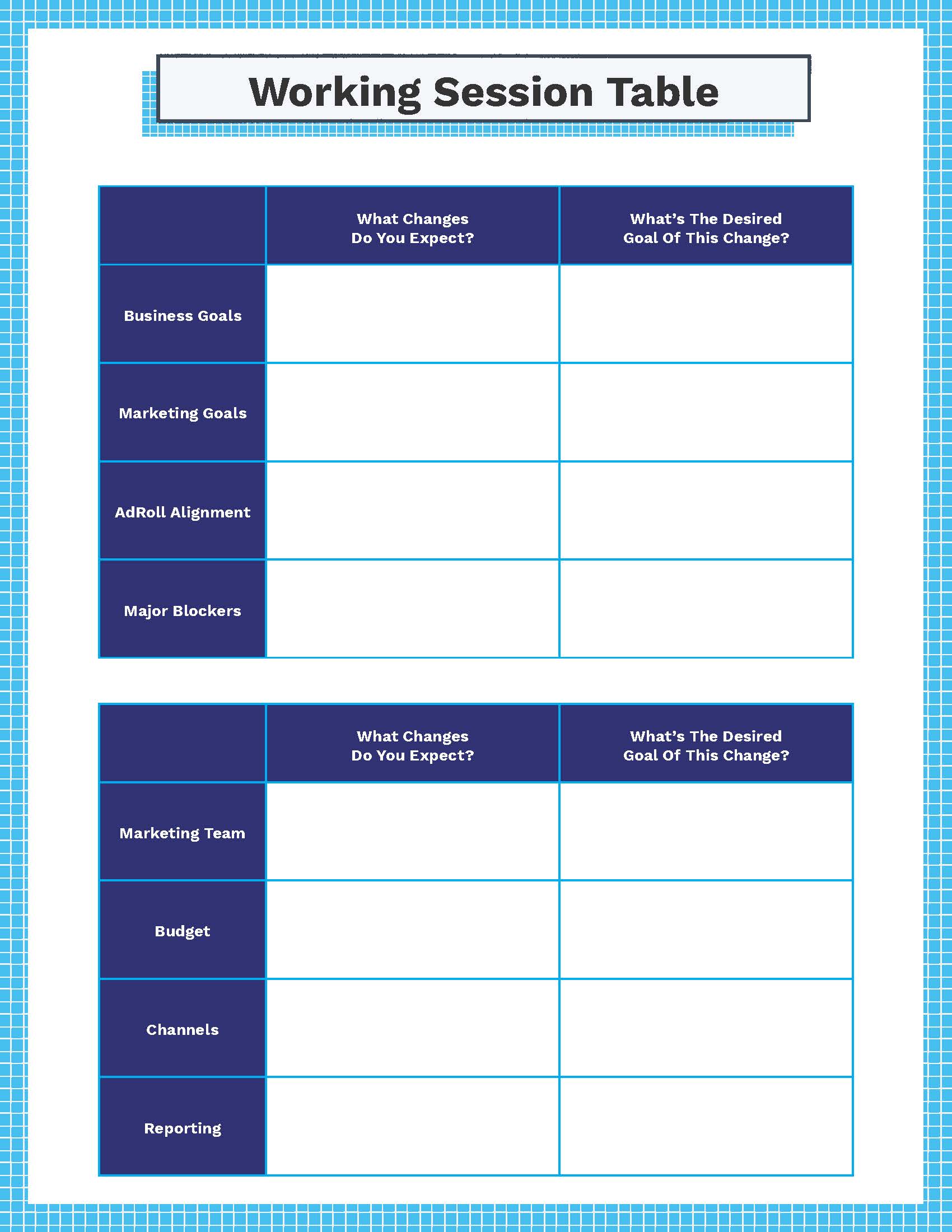The year is coming to a close, and you know what that means: It’s time to put together next year’s marketing plan. While you're planning, you must think about your necessary resources — in particular, your marketing budget.
A substantial marketing budget is required to sell products and services effectively. However, according to the U.S. Small Business Administration, a lot of small businesses either spend their marketing dollars carelessly or don’t allocate enough money to marketing.
So, how do you determine how much money you should put aside for marketing? Let’s go over the steps that you should follow to develop a smart and effective marketing budget. And bonus: Use this marketing budget template to help you align on projections and stick to your marketing plan.
Perform an Audit of Your Past Marketing Efforts
First, it’s essential to look into the effectiveness of your past marketing efforts, so that you can make smarter use of your budget and create better digital experiences. Some things you’ll want to consider are:
- Which of your products are most popular?
- Which marketing channels gave you the best return on investment (ROI)?
- What time of year has brought in the most sales?
- Which holiday promotions or discounts were the most successful?
- Which ad types performed the best?
Once you've answered those questions, assess the changes you want to make to your marketing strategy. Here's a worksheet to help you start:

Determine Your Marketing Goals
What are your marketing and sales goals for the next year? Whether it’s to boost your number of email subscribers or increase sales by a certain percent, you must outline the results you want your marketing efforts to yield.
So, where do you start?
According to Shanelle Mullin, Customer Aquisition Program Manager at Shopify, the key is to begin by understanding your current position.
Take the time to really understand your growth levels to date. If you run a popular blog and traffic has increased by 8-10% for the last four months, you know that a 12-15% month-over-month increase in blog traffic is a challenging yet attainable goal. Don’t be the [business] that shoots for 20% or the [business] that considers anything above 8% a win.
In terms of what types of goals you should be setting, Shanelle thinks that it depends on what stage your startup is in:
Early on, focus on engagement goals and collecting feedback to validate your product or service. Later on, focus on growth metrics. There are no universals when it comes to metrics, unfortunately. What’s important is that your core goals are tied to major business objectives. The single most important thing to remember about marketing goals is to stay focused. Choose 1-2 core goals that impact the bottom line and 3-5 supporting goals. Anything more than that will distract you from what’s most important.
Base Your Budget on Revenue
Your budget allocation depends on several factors, including your industry sector, business capacity, and how quickly you need to grow. However, the U.S. Small Business Administration recommends spending 6% to 7% of your gross revenue for marketing and advertising if your revenue is less than $5 million a year in sales.
You can split the budget between:
- Your website
- Blogs
- Email marketing
- Social
- Content
- Advertising
- Events
- Marketing tools
- And more.
Do Your Research and Spend Wisely
Research all of the marketing channels you’ll use and figure out an approximate cost for the year. Think about the expenses that are fixed and recurring, such as CRM software or monthly subscriptions. Take into account “free” services, such as Mailchimp or Sprout Social, and how you may upgrade their services in the future.
Then, take a step back: Can you afford to do everything you’d like to do, or do you need to re-prioritize and move things around? As you’re attempting to minimize spending, make it a goal to secure as many discounts as you can — try to get the best bang for your buck!
Remember That Nothing Is Set in Stone
Once you figure out your marketing budget, it doesn’t mean it’s set in stone — there could be times where you have to make a change, or you want to test new marketing methods, such as social media advertising or email marketing. Sticking to your marketing plan is important, but knowing what works is most critical.
So, be sure to monitor your marketing efforts to see what platforms are generating the most ROI. The trick is to prioritize accordingly: If a platform exceeds your expectations, you can increase spend in that area. If a platform isn’t performing up to standards, you can choose to decrease its allotted budget, or cancel it altogether.
Be mindful that some areas of your marketing budget, such as content marketing, won’t show immediate results. Don’t cut out brand awareness components of your plan just because they don’t show direct ROI.
Last updated on December 3rd, 2025.

